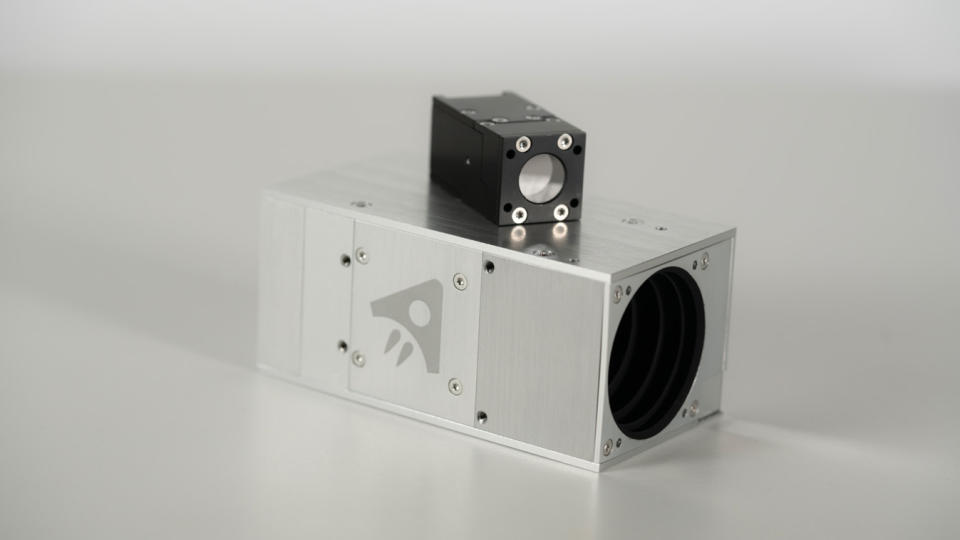Orbiting debris trackers could be a game changer in space junk monitoring

Tiny devices on satellites will soon be able to detect pieces of space debris as small as 1 inch that are invisible to existing space junk monitoring systems but still capable of destroying spacecraft if they might collide with.
These innovative space debris trackers take advantage of technologies flown on most satellites, the so-called star trackers that help spacecraft maintain their orientation in space by adjusting their tilt according to the positions of the surrounding stars.
Star trackers are optical sensors that detect bright objects, stars and planets, as they shine against the dark backdrop of the cosmos. The satellite is programmed to know the position of those stars, so that it can use these measurements to maintain its own position and attitude toward Earth. Sometimes other objects — satellites and debris pieces — pass in front of the view of the star trackers. A new functionality being developed by Belgian company Arcsec will allow these star trackers to characterize the paths of these debris fragments, greatly boosting our awareness of how much junk is in Earth orbit and where it is.
Related: 6 types of objects that could cause space debris apocalypse
Space debris is a growing problem. In the more than six decades of space exploration and utilization, humans have turned orbits around Earth into a giant dumpsite. Defunct satellites, used rocket stages and countless fragments created in collisions hurtle around the planet at mind-boggling speeds, threatening to destroy everything in their way.
According to the European Space Agency (ESA), some 34,600 space debris fragments are currently tracked by Earth-based radars. Most of these trackable objects are larger than 4 inches (10 centimeters). But in addition to those known fragments, scientists estimate that about 1 million space debris pieces 0.4 to 4 inches (1 to 10 cm) in size zip around Earth. Objects smaller than 0.4 inches are even more numerous: There might be over 130 million of them, according to ESA.
Arcsec's new space debris trackers will help map the previously untrackable population of space junk fragments smaller than 4 inches (10 cm). The company says its sensors will detect junk as small as 1.2 inches (3 cm). Although tiny, such objects can cause serious damage to operational satellites. In 2016, for example, a bullet-sized piece of space junk punched a 16-inch (40 cm) hole into the solar panel of the European Earth-observing satellite Sentinel-1. The satellite was able to continue its mission, but the European Space Agency (ESA) engineers said that had that space bullet hit the satellite's main body, the mission would likely have been over.

To help begin tracking these small space junk fragments as soon as possible, Arcsec has made it so their debris tracking function could be remotely added to the existing star trackers the company built for spacecraft that are already in orbit.
"Our star trackers can be updated in orbit, so the star trackers that have already been sold and even the ones that are currently already in orbit, can be augmented with the [debris tracking] solution," Arcsec spokesperson told Space.com in an email. "So far, arcsec has already sold around 50 star trackers to customers around the world and the sales number is growing strongly. If we augment those star trackers with the [debris tracking] solution, we immediately create an impressive space situational awareness sensor network."
Related stories:
— Taking out the trash: Here's how private companies could be vital for space debris removal
— Old Soviet satellite breaks apart in orbit after space debris collision
— Clearspace-1 space debris cleanup target in orbit just got struck by space debris
When the tracker detects an object that does not correspond to a star, its software flags it as a potential piece of debris. By analyzing several consecutive images, the system can calculate the object's trajectory, which can be then used by space situational awareness companies to assess the risk of this fragment hitting an operational spacecraft. The object's brightness helps the system to assess how large the fragment actually is.
Arcsec, a spinoff company from the Catholic University in Leuven, Belgium has received a European grant to develop the sensor. A demonstration satellite will be launched to space in early 2024. Data from the orbiting debris-tracking network will be available to providers of space situational awareness information as a paid service.
